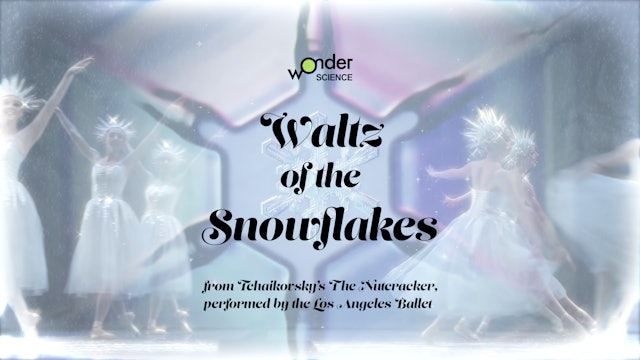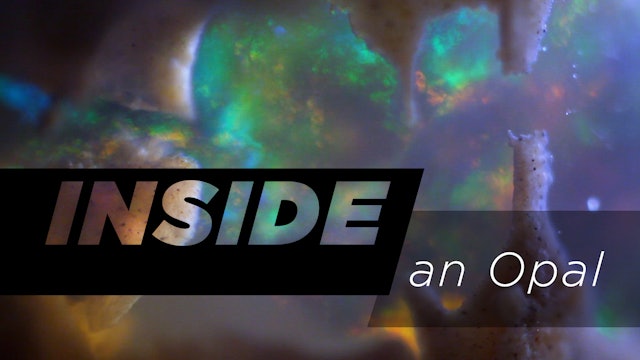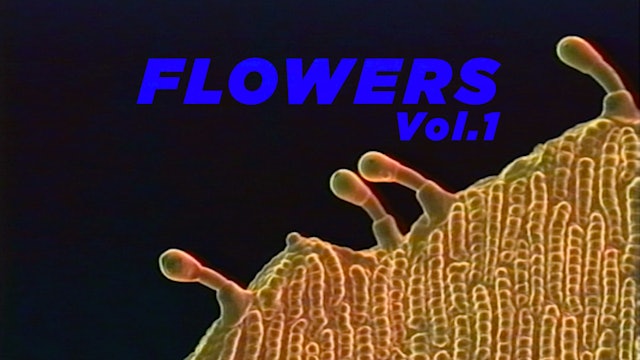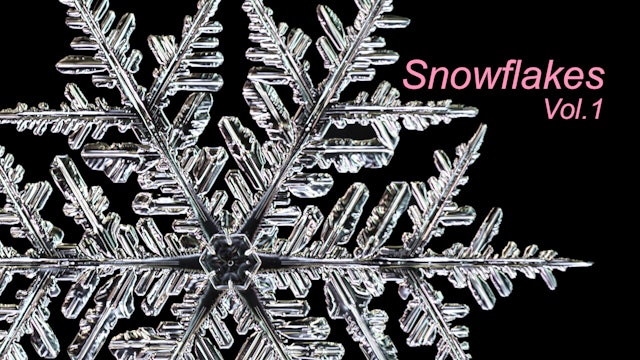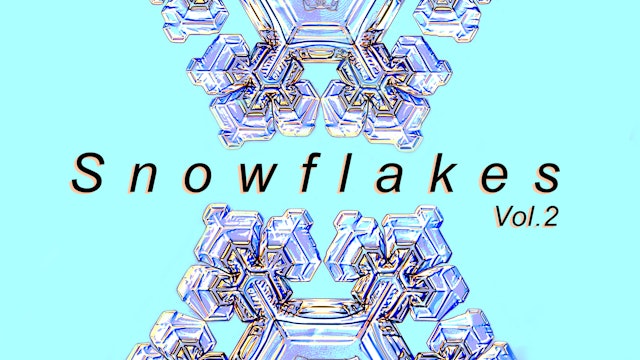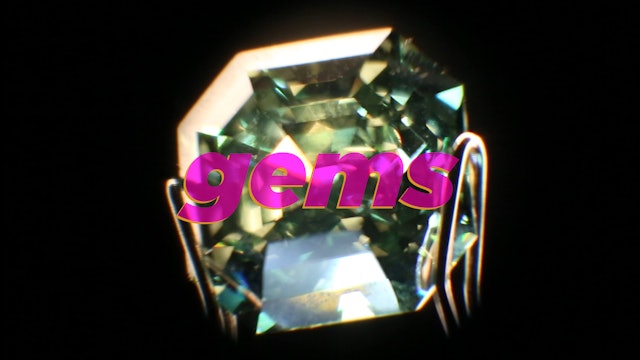Soothing Nature
Wonder at the science of planet Earth— its beauty, its history, and the quite literally world-shattering processes that act upon it. Excavate a treasure trove of crystalline wonders and explore the fascinating commonalities shared by the most diverse ecosystems.
-
Waltz of the Snowflakes
Expect excessive snow flurries and sparkles in our annual release of The Waltz of the Snowflakes dance from the Nutcracker. Tchaikovsky's iconic Nutcracker ballet, first staged in 1892, gained massive popularity in the late 1960s and continues to enchant audiences worldwide.
At Wonder Science, ... -
Six-Sided Starlet
Do you know how one quintilion simple H2O molecules self-organize into a hexagonal snowflake?
-
Journey Inside An Opal
Inside a precious opal, shafts of refracted pastel light and pinfire illuminate miniature caverns. Play of Color is a term mineralogists use to refer to the unique way lightwaves get refracted inside an opal, generating fluctuating colors. The screen shows a 3-millimeter wide area of the gem. Thi...
-
Flowers Vol.1
Pollen grains and flower petals take on new dimensions as the surface details of various flowers are magnified over 5000x larger than actual size inside a scanning electron microscope. SEM video courtesy of David Scharf, scharfphoto.com. Original score by KRON.
-
Everglades
Glide through the unique ecosystem of the Everglades National Park in Florida, USA. Luxuriate in the languid stillness of untamed nature.
-
Snowflakes Vol.1
One of nature's wonders, a snowflake's hexagonal symmetry begins on the molecular level. Trillions of identical water molecules collect together in a cloud to form a single snowflake. Each molecule is comprised of just three atoms -- two Hydrogen and one Oxygen atom, H2O. Self-organization enable...
-
Snowflakes Vol.2
Float through the center of hundreds of real snowflakes, each one a unique wonder. The hexagonal shape of a snowflake reflects the arrangement of its atoms, ten million times smaller on the molecular level. Oxygen atoms are heavier than Hydrogen atoms, making the molecules join together the exact...
-
Inside Gems
Suspended inside a Rainbow Lattice Sunstone, straight-line geometries shine in metallic pastels. In a one of a kind microscopic vision, gaze inside this and other precious stones. This program was made in collaboration with mineralogist and photomicrographer, Danny Sanchez. Music by KRON.



